15 Facts About Mars: The Remarkable Red Planet [Infographic]
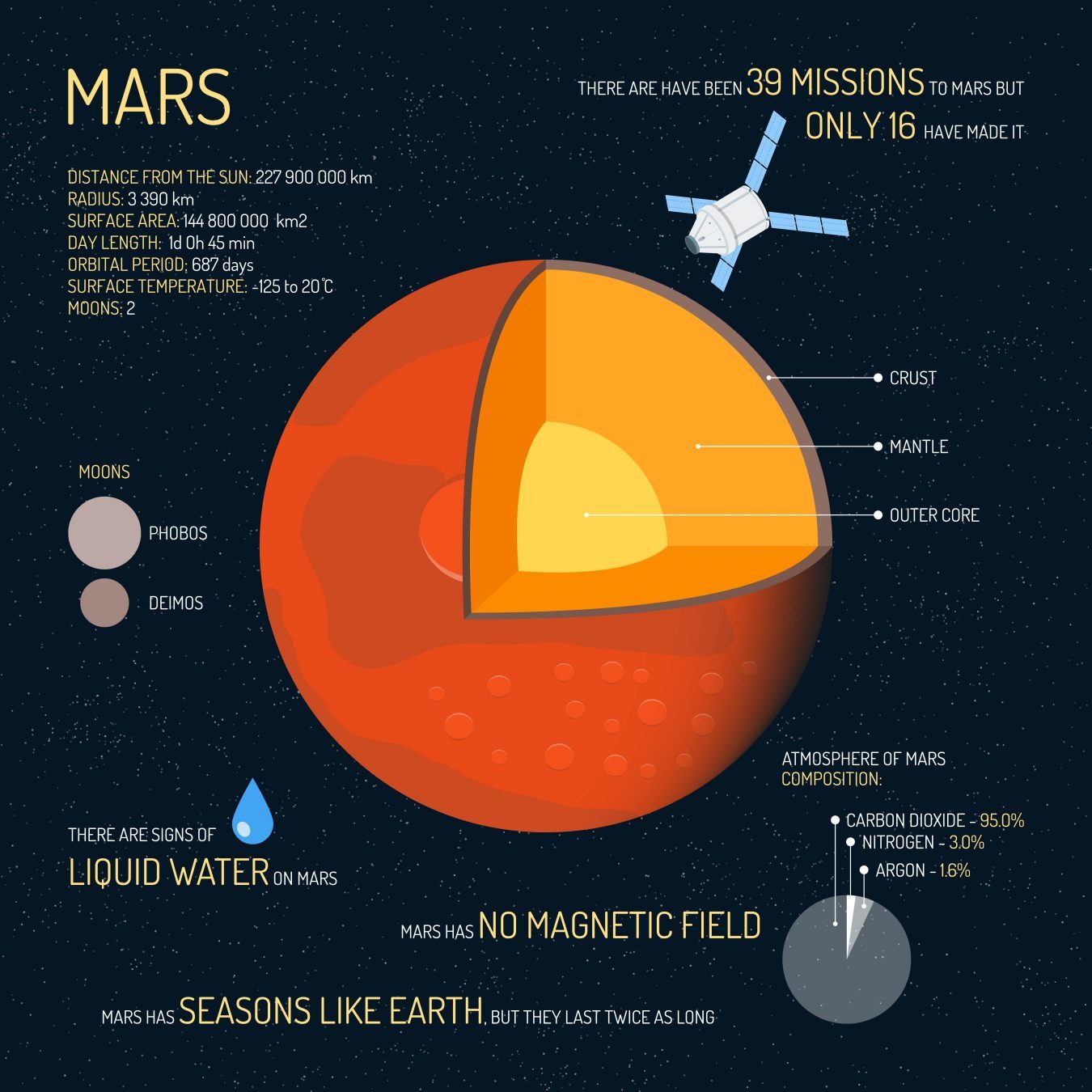
We have 15 reasons why Mars is a truly remarkable planet
In terms of space exploration, Mars has been one of the greatest frontiers for discovery.
Since the early 1960s, spacecrafts have whizzed by and even landed on Mars.
Because of its discoveries, it has opened our curiosity to a whole new world of possibility and further questions.
From its unique red appearance to marsquakes, we count down the top 15 facts about Mars.
1. Criss-crossing canals

In 1877, an astronomer by the name of Giovanni Schiaparelli used the term “Canali” to describe streaks on the surface of Mars. If you translate “Canali”, it was meant to mean “channels”.
But people wrongly interpreted the meaning as “canals”. Since then, the general public believed intelligent life on Mars constructed a system of crisscrossing canals on the Red Planet.
But it was the Mariner 4 spacecraft that quickly put that theory to rest. As it flew by Mars in 1964, it found it had no signs of life. It was actually bone dry, without any water either.
2. Evidence of liquid water
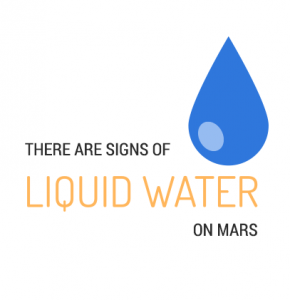
Despite Mariner 4 finding no signs of life, the Mars Curiosity Rover landed on Mars in 2011 in search of a similar goal. Its primary objective was to find if Mars could have ever supported life.
The Mars Curiosity mission showed much more promise in finding signs of liquid water on Mars. For example, it found evidence of water in sedimentary rocks that formed in ocean-like settings.
In addition, it discovered various forms of hematite that only form in water. Lastly, it found signs of chemical weathering also due to water. All signs point to Mars having water.
3. Curiosity Rover’s uncanny longevity
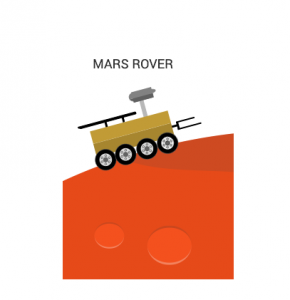
There have been 39 missions to Mars but only 16 of them made it. Out of the 16, the most successful program of NASA was putting two rovers on Mars.
The main objective of the “Opportunity” rover was to characterize rocks, soils, and minerals for clues about water. The purpose of the “Curiosity” rover was to investigate the building blocks for life.
It was designed to last for 90 Mars days (sols). But more than 5,000 sols later, the Mars Rover is still discovering. As it got stuck in the Martian craters, it was able to maneuver itself out to safety.
4. Marsquakes
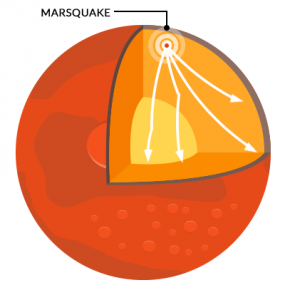
Was there ever life on Mars? Possibly. Could we live there? First, we would need to discover a source of water.
And this brings us to NASA’s “InSight” mission. This mission is determined to find out what’s beneath the dusty red crust.
By drilling a hole deep into the Martian surface, it will measure tectonic activity (marsquakes) and temperature flowing within the planet.
In addition, it could also show signs of underground water reserves, which would indicate the possibility that life could exist on Mars.
5. An orange-red appearance
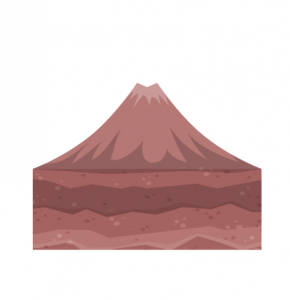
If you’ve ever seen Mars from a telescope, the first thing you’ll notice is its orange-red appearance. Actually, Mars is dusty and filled with desert sand and rocks. But why is Mars red?
Mars is 4.5 Billion years in the making. When the planet was filled with water, iron oxide rocks and sand gave it a rusty red color. As dust storms sprinkled the rusty material around the planet, it blanketed the surface in red.
Furthermore, Mars has dust storms that cover the entire planet and last for weeks. These dust storms are so influential that they can change atmospheric temperature.
6. The towering Mount Olympus
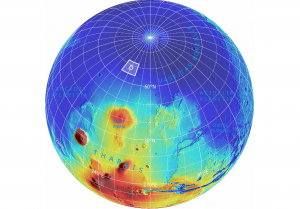
“Mount Olympus” is the largest volcano in the solar system. Its height reaches nearly 25 kilometers tall, more than 3 times as tall as Mount Everest.
Whereas “Valles Marineris” is a system of canyons, some more than 7 kilometers deep. This span of canyons extends from about New York to Las Vegas (2500 miles).
Another prominent feature is the “Tharsis Bulge”. This uplifted volcanic plateau is positioned near the Martian equator.
7. No magnetic field
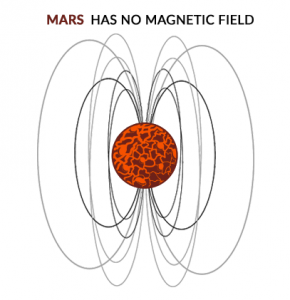
Mars has no global magnetic field. But it may have had one at some time. It’s believed that Mars lost its magnetosphere about 4.2 billion years ago.
So now without a magnetic field, that means that if you were to bring your compass to Mars it would be completely ineffective.
Because Mars doesn’t have a magnetic field, solar winds have stripped away much of Mars’ atmosphere into the cold, arid planet Mars is today.
Also without a magnetic field to shield it from the sun’s deadly rays, it leaves the possibility of life on Mars virtually nonexistent.
But understanding Mars’ magnetic field can contribute to understanding if there was indeed a warm and wet climate that could support life on the Red Planet.
8. Phobos and Deimos are its moons
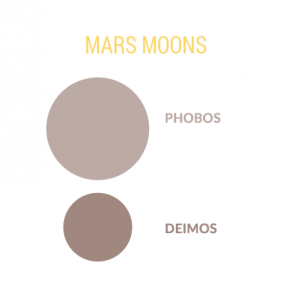
If I could control the Mars Rover for a day, I would start examining rocks on the surface. Next, I’d look straight up in the sky.
But it wouldn’t be the familiar sight that we’re used to on Earth. I’d notice two moons orbiting the Martian planet.
Unlike Earth which has a single moon, Mars has two moons (Phobos and Deimos). In terms of size, they are among the smallest moons in our solar system
Both moons are named after Greek mythological twin characters. While Phobos means panic/fear, Deimos means terror/dread.
9. Mars has Earth-like environments
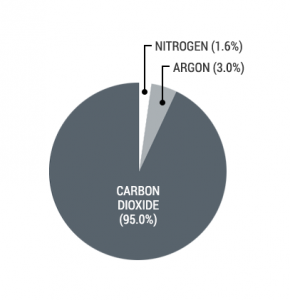
Mars has Earth-like environments like dust storms, deserts, sand dunes, and ice caps. But much of the planet is blanketed by red dust so they share a little resemblance.
Ice caps on Mars are not made of water. Although they are similar in appearance (white at least), ice caps on Mars are composed of carbon dioxide.
Mars is cold, but not terribly cold. Like Antarctica, it ranges from -87° to -5°C. This is because it’s farther from the sun than Earth.
It’s about 228 million kilometers away from the sun. That puts Mars at about 1.524 astronomical units.
10. It’s 1/3 of Earth’s gravity
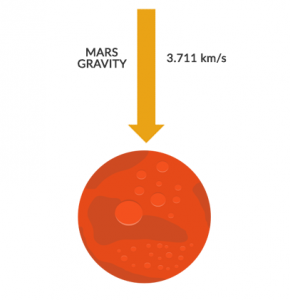
Mars has a thin atmosphere because its gravity is about 1/3 of Earth. Similar to Venus, Mars’ atmosphere is 95% carbon dioxide.
If there were plants on Mars, they would blossom with that much CO2. All they are missing is a source of water and sunlight.
The atmospheric composition of Mars is carbon dioxide (95.0%), Nitrogen (3.0%) and Argon (1.6%).
11. Mars sits next to an asteroid belt

In between Mars and Jupiter are mostly asteroids. The asteroid belt formed because of the strong opposing gravitational pull of the sun and Jupiter.
In opposite direction, the Sun and Jupiter pull. Like a tug-of-war, other planets cause them to stay in between.
These planetesimals are the remains of a terrestrial planet that disintegrated in outer space. These pieces of odd-shaped rock did not mold into planets of their own and remain in the asteroid belt.
12. Rifts and crustal deformation

Mars has bits of evidence of volcanic activity in the past. For example, on Earth when two plates rub together, it deforms the crust.
This process sculps prominent features like ridges and volcanoes. On Mars, similar features exist such as the “Tharsis Bulge”, “Mount Olympus” and shield volcanoes.
However, similar to plume volcanoes, it’s believed that Martian volcanoes melted within the mantle and then raised buoyantly through the crust.
Currently, there is no tectonic activity because of how much it cooled down. It’s possible Mars is still volcanically active. But we just haven’t observed any eruptions.
13. Seasons are twice as long
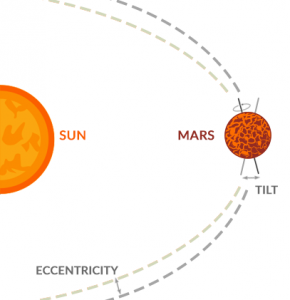
Similar to Earth, Mars has a summer, spring, autumn and winter. This is because Mars rotates on a tilted axis. While Earth’s inclination to the equator is 23.5°, Mars is about 25.1°.
But seasons on Mars generally last twice as long. This is mainly because of its orbital period (sol) and its eccentric orbit.
For example, one year on Mars is almost twice as long as on Earth at 687 days (1.88 Earth years). Its day length is close to the same at 1d 0h 45 min.
Without water, seasons don’t resemble Earth. Water can’t freeze to make snow. The only snow clouds on Mars consist of carbon dioxide. So, White Christmas isn’t the romantic scene you might picture.
14. Mars is in the Goldilocks zone

Not only is Mars in the Goldilocks zone, but it’s also one of the 4 terrestrial planets in our solar system. Just like Mercury, Venus, and Earth, they’re all small, dense, and made of similar stuff.
Terrestrial planets tend to be rich in metals and silicate rocks. Mars’ inner core is made up of metallic iron and nickel.
Unlike gas planets, it’s surrounded by a less dense, silicate mantle and crust. Finally, its red surface rocks and dust are caused by the oxidation of iron.
15. Evidence of volcanism

There’s significant evidence of volcanism on Mars. And if you have that much volcanism, this means Mars probably had a thick atmosphere and probably an ocean hundreds of meters thick.
What makes people think this is because everywhere on the surface of Mars you see evidence of water – stream beds, riverbeds, and erosion.
For example, the largest volcano in the solar system is the Olympus Mons on Mars. This shield volcano towers over 27 kilometers in height.
Based on space imagery like Mars Orbiter Laser Altimeter (MOLA), Mars has shown evidence of leaking on cliff walls and water leaking out into space.
Summary: 15 Facts About Mars
Did you like our BIG LIST of Mars facts? From the evidence of water to Martian volcanism, Mars is one of the most exciting planets in our solar system.
Since the early 1960s, space missions have flown by and even landed on Mars (with and without success). Now more than ever, we are still eager to explore the Red Planet.
So, what did we miss on the list? What are some other interesting facts about Mars that we should add? Please let us know with a comment below.

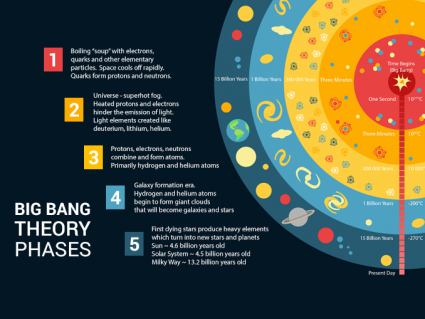
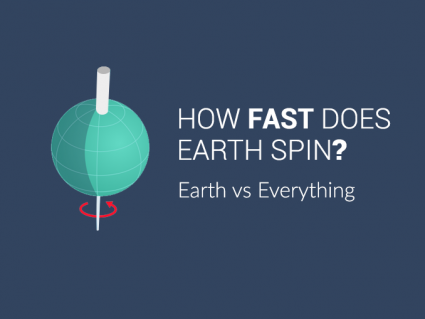
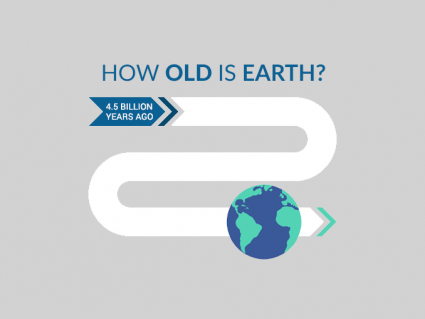
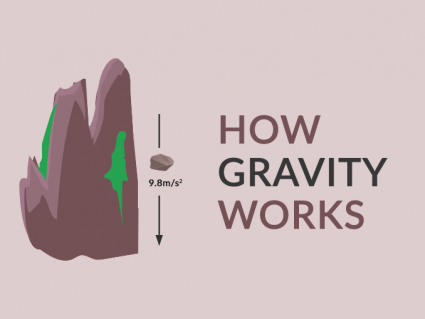
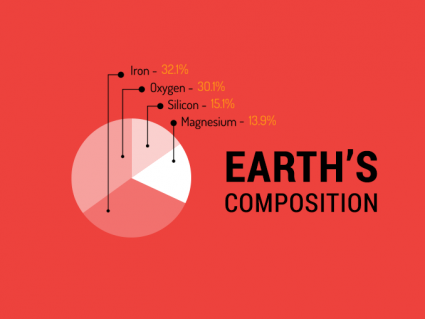
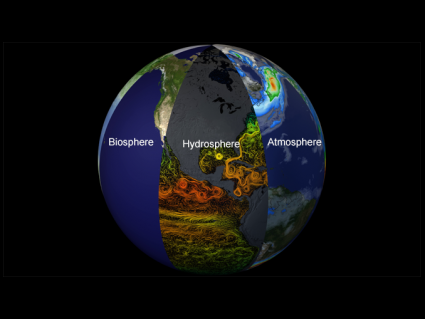


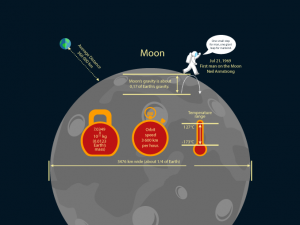
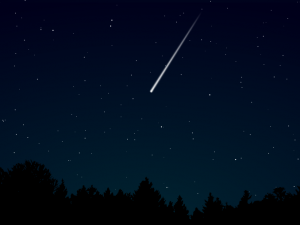
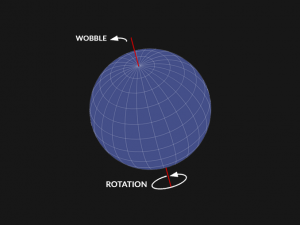
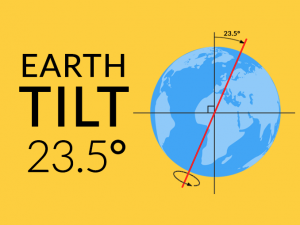
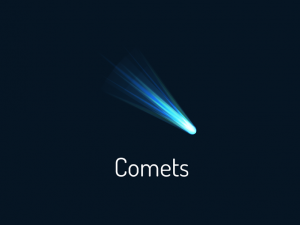
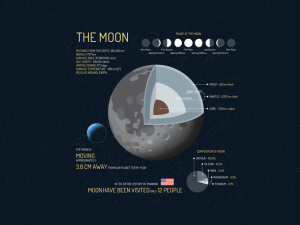
How big of a crew will our “visitors” have on the first landing on Mars?
Jerry Tuhip
Crystal Lake, IL. US of A